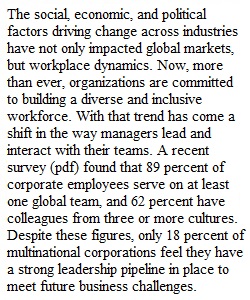


Q Topic 2: Cultural Dimensions As a precursor to the assignment you will submit in Unit 10, you will address cultural dimensions as seen in your learning activity and the reading on pages 163–165 from Chapter 5 (Hofstede's framework and the GLOBE framework). Review these and do some research on the Internet. Then address topic 2: • For a fictitious company that has manufacturing facilities in the United States and one other country of your choice (for instance, Brazil, South Africa, or India), select two of the five value dimensions from Hofstede's framework (from pages 163–165 in Chapter 5), and compare/contrast these dimensions with how the United States facility would be run versus the one you have selected, based on these work-related values. DISCUSSION INSTRUCTIONS In each course you take at Purdue University Global, you are part of a learning community. All members are working to strengthen their professional and communication skills and achieve their academic and career goals. Group discussion allows for new perspectives and personal growth. Discussion Boards are an important part of your learning; they provide an opportunity to asynchronously interact with your classmates and instructor. Using the required academic readings and supplemental academic research, you will address the questions in the Discussion Board while adhering to the Discussion Board Rubric.
View Related Questions